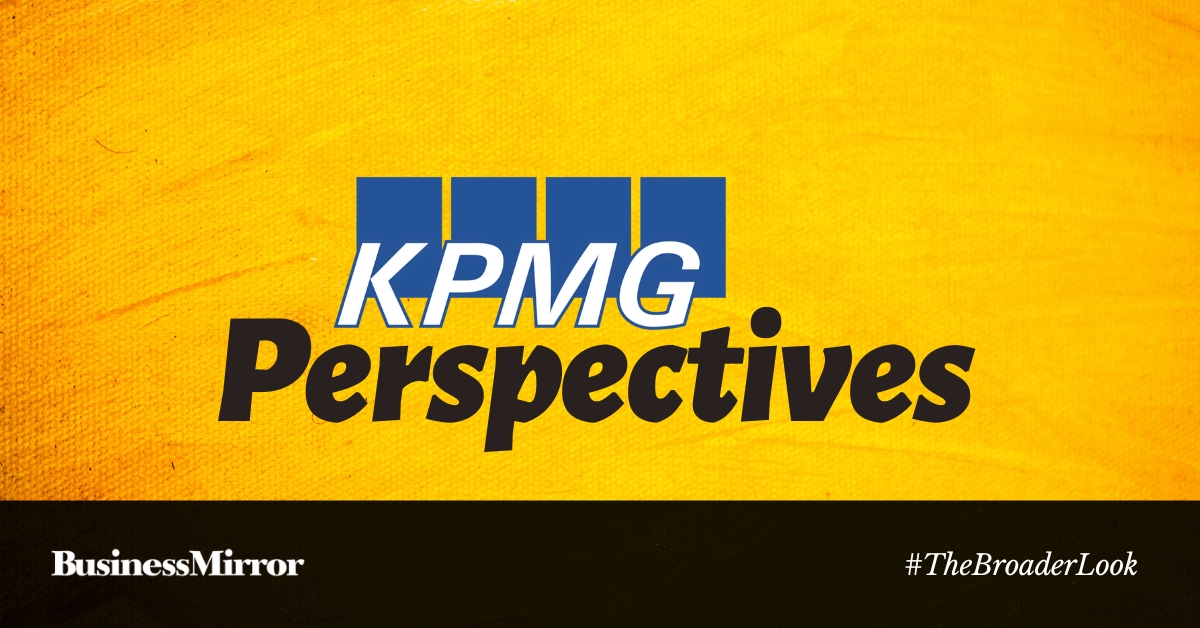METROPOLITAN Bank & Trust Co. (Metrobank) reported on Tuesday a 33-percent growth in its net profit in the first half of the year, as the bank noted improved performance across the board.
The bank’s net profit grew to P15.6 billion in the first six months of 2022, as earnings surged by 95 percent to P7.6 billion in the second quarter.
Metrobank said it has seen improvement in various areas such as faster loan expansion, improving interest margin, robust fee income growth, stable operating costs and lower provisions amid healthier asset quality.
“The continued improvement in the bank’s performance cements our strategy as we enable various customers and businesses as economic activities,” Metrobank President Fabian S. Dee said. “Our focus on serving our client needs while actively managing risks and promoting efficiencies has driven our solid operating results and will continue to do so in the medium term as the economy expands.”
The bank’s gross loans rose by 9 percent year-on-year to P1.3 trillion, led by a 12-percent growth in corporate and commercial lending and 16-percent increase in gross credit card receivables.
Asset quality also improved for Metrobank with non-performing loans (NPL) declining by 7 percent. The ratio of NPLs to total loans stood at 1.9 percent in the first half, down from the 2.3 percent a year ago and significantly below the industry’s 3.9 percent NPL ratio in May.
Due to lower NPLs, the bank further trimmed down provisions by 46 percent in the first half. Metrobank’s NPL cover stood at 196 percent during the period.
Meanwhile, total deposits grew 13 percent to P2.1 trillion. Current account/Savings account (CASA) deposits climbed by 10 percent to P1.5 trillion from a year ago, which resulted in lower funding costs.
Non-interest income also went up by 8 percent in the first half driven by an 18-percent jump in fees and other non-interest earnings. Despite volatile markets, the bank managed to post P3.4 billion profit from trading income from strong customer-driven flows.
The bank’s stayed flat at P29.4 billion, backed by on-going efforts to improve operational efficiency, resulting in 53.8 percent cost-to income ratio, an improvement from the 57.2 percent posted in the same period last year.

























